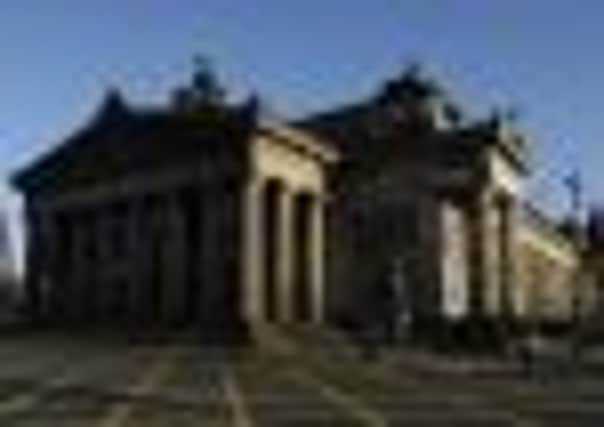Edinburgh has a bold Scottish sailor’s son to thank for its elegant architecture


The city was at the heart of the Scottish Enlightenment and the movement’s interest in classical culture ignited a passion for the ancient world, evidence of which can be seen across the capital today.
William Henry Playfair, a grandee of architectural design and proponent of the neo-classical style, had an enormous influence on Edinburgh’s architecture. His desire to revive the architectural lexicon of Ancient Greece can be seen everywhere, from the Royal Scottish Academy to the Surgeons Hall and the City Observatory.
Advertisement
Hide AdAdvertisement
Hide AdCalton Hill has an abundance of Playfair monuments built in the Grecian style: the unfinished National Monument, alternatively known as Edinburgh’s Disgrace, which is modelled on the Parthenon and commemorates those who fell in the Napoleonic wars, and the Dugald Stewart Memorial built in 1831 and based on the Choragic Monument of Lysicrates in Athens.
The man who originally introduced Playfair, and Great Britain, to Greek architecture was James “Athenian” Stuart. The son of a Scottish sailor, Stuart grew up in poverty in London and was a self-taught man, learning Italian, Greek and Latin. Around 1742 he began a daring journey across Europe on foot. With his friend, Nicholas Revett, they travelled to Greece to discover more about the wellspring of civilisation.
After the pair returned to Britain, they published the sensational book The Antiquities of Athens, in 1762. This volume was the first accurate record of Classical Greek architecture and brought a brand new design vocabulary to 18th century European architecture, providing architects and designers with valuable source material from the ancient world. Stuart had unwittingly precipitated an architectural revolution.
An architect, painter and designer, Stuart was greatly in demand for all matters of taste. He built all kinds of buildings: townhouses, monuments, follies and memorials. He provided interior designs and took commissions for furniture. His authority on classical design enabled him to have a broad career and a major influence on design. Thanks to his adventures and landmark publication, a multitude of Greco-style buildings started appearing from London to Edinburgh, to Europe, America and beyond.
The restraint and elegance that attracted Georgian Britain’s taste-makers to Greek architecture began to wane when archaeologists discovered ancient Greeks preferred their temples to be brightly coloured and gaudily decorated, but the Great Greek Revolution left its mark all over the globe. And it was all sparked by Stuart; a compelling character willing to travel further than any other architect.